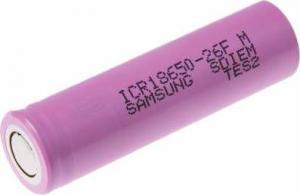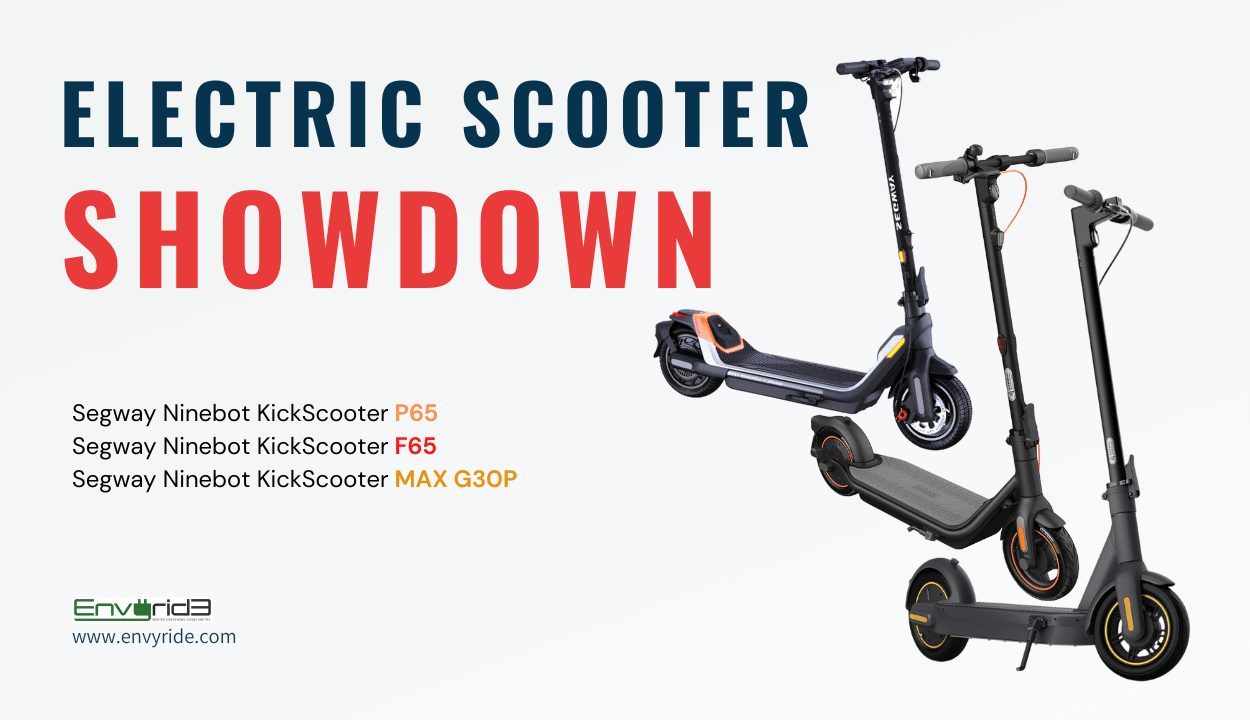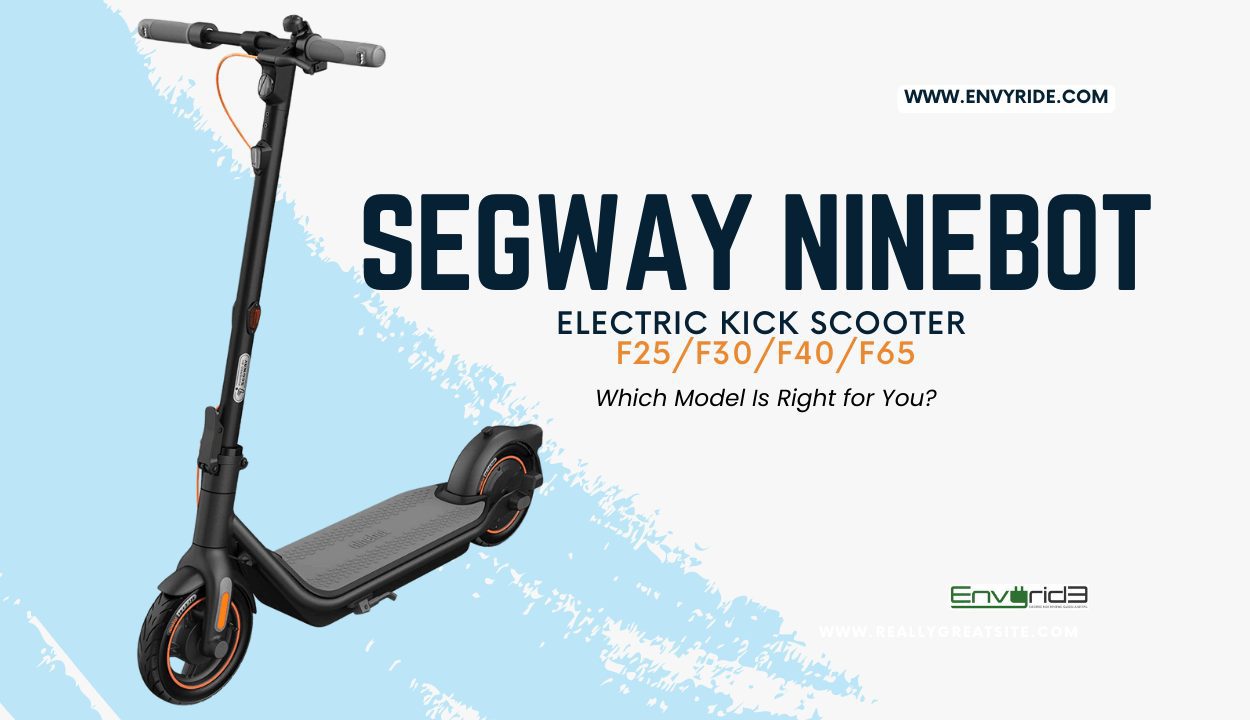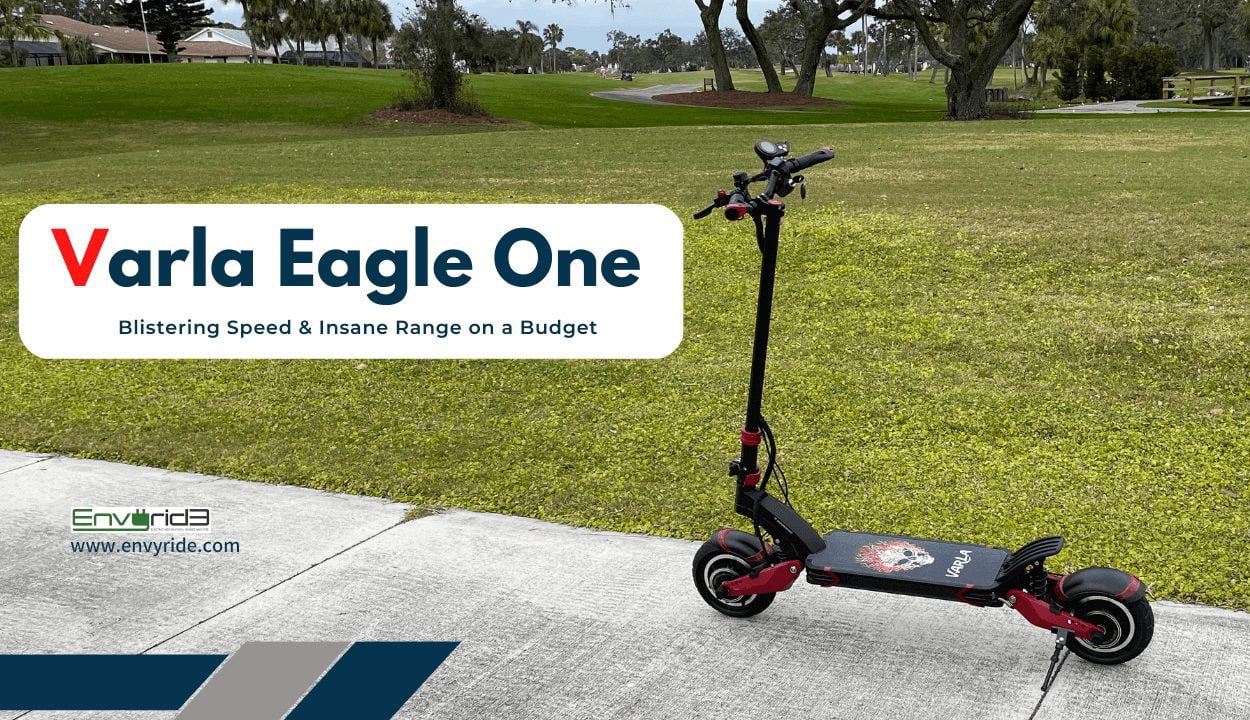
Batteries deliver the promise of guaranteed power on the go for mobility scooters. These scooters either have different types of batteries. In this article, we will outline the differences of lithium-ion vs. lead acid batteries.
An electric scooter has an intricate lighting system, an electric start, and several electronic accessories. The battery you use should be good enough to power these accessories, shouldn’t harm delicate electronics with spikes and surges, and – above all – must start and run the scooter engine.
First, let’s see how a battery works.
Basic Operation of a Battery

A battery functions by conversion of chemical energy to electrical energy.
The building block of a battery is called a cell, which consists of electrodes (material that conducts electricity, such as metal) submerged within an electrolyte (liquid or gel-like substance containing electrically charged particles/ ions). Chemical reactions between the ions in the electrolyte and the electrodes generate an electric current.
Under that basic operation, numerous differences arise between lithium-ion and lead-acid batteries…
The Lead-Acid Battery
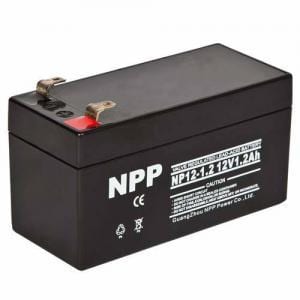 Many transportation devices like motorcycles, electric scooters, Jet Ski, and ATVs use lead-acid batteries.
Many transportation devices like motorcycles, electric scooters, Jet Ski, and ATVs use lead-acid batteries.
A conventional lead-acid battery has sulfuric acid as the electrolyte and leads alloy electrodes.
When the battery is being used (discharging), the resulting electrolyte-electrode chemical reaction causes the acid to break down into the water. Conversely, charging binds up the water molecules back to the acid electrolyte. During this process, water splits into oxygen and hydrogen, which are released into the atmosphere through vents.
A single cell produces two volts of electricity and a typical battery powering a scooter is 12 Volts (six cells connected in series).
Over the years, there have been developments of maintenance-free lead-acid batteries; they have a seal, and venting is not necessary during use. However, they have a safety vent in case of overcharging.
These models use the absorbed glass mat (AGM) technology, where there is a very fine fiberglass mat between the electrodes. The mat absorbs any excess acid and retains oxygen created during the charging process. The oxygen then recombines with active materials, forming water.
Are lead-acid batteries truly maintenance-free?
Well, if you use your electric mobility scooter frequently, you’ll only need to be concerned about keeping the terminals clean at all times. However, if you don’t use the scooter regularly and let it sit for an extended period, the battery will require some attention.
Remember, the electrical system draws some power even when the ignition is off, and these could result in the battery discharging over time. Besides, lead-acid batteries tend to self-discharge when not in use.
During the discharging process, a by-product of lead sulfate results, coating the electrode plates. As a result, the surface area; hence, the effective capacity of the battery reduces.
Normal charging reverses this process.
However, if the battery stays for too long without being charged, too much lead sulfate might result, and charging will not do much to reverse the condition called sulfation. Besides, a discharged battery is prone to internal corrosion, which could result in breaking of the connections inside.
Therefore, it’s advisable to disconnect your lead-acid battery from the mobility scooter and place it on a trickle charger, if you don’t plan on using the scooter for a few weeks.
Used in the following electric transports:
- Mobility scooter
- Golf cart
- Electric scooter
- Electric Moped
- Electric ATV
- Car
- Boat
- Motorcycle
Pros of Lead-Acid Batteries
- Use of lead-acid batteries is widespread globally because they are relatively inexpensive to produce.
- These batteries are reliable and can withstand harsh conditions with little or no maintenance.
- Although people view the materials inside as dangerous, the battery is almost 100 percent recyclable. Sulfuric acid is safely neutralizable, and the lead and polypropylene case can make other batteries.
- Traveling with a device that utilizes a lead-acid battery is far less complicated.
Cons of Lead-Acid Batteries
-
- The batteries are too heavy and bulky for a given capacity.
- Lack of proper recycling of the materials could be hazardous to the environment.
- They have a limited lifespan.
- Spillable lead acid batteries are classified as dangerous goods under Class 8 regulations, controlled by UN 2794. This is because of the risk of fire if shorted.
Lithium-Ion Batteries
 Over the past years, lithium-ion batteries have become increasingly popular, thanks to their lightweight and compact design compared to the lead-acid counterpart.
Over the past years, lithium-ion batteries have become increasingly popular, thanks to their lightweight and compact design compared to the lead-acid counterpart.
A typical lithium-ion battery has a lithium-based positive electrode, a carbon/ graphite negative electrode, and an electrolyte comprised of a lithium component and an organic solvent. The name lithium-ion is a clear depiction of the chemical process involved: lithium ions move between the electrodes during charging and discharging processes.
These batteries come in several forms with varying amounts of manganese, nickel, iron, and cobalt combined with lithium. Lithium iron phosphate batteries are more commonly used in personal electric transportation systems because they are more chemically stable and not prone to thermal overrun.
During the discharging process, lithium ions move towards the positively charged electrode. The flow of electrons (subatomic particles with a negative electric charge) results in an electric current. When the battery is charging, this process reverses.
A single battery cell generates 3.2 volts, meaning your mobility scooter will have four cells in series to generate 12.8 volts. Additional four cell packs can be connected in parallel within the same battery pack in order to give you more ampere-hours, this will let you drive further with the electric ride you’ve chosen. Below is an image of how a single lithium-ion cell looks like.
Commonly used in the following electric rides:
- Electric Scooter
- Electric Skateboard
- One-wheels
- Hoverboard
- Electric bike
- Electric motorcycle
- Segway
- Unicycle
Pros of Lithium-Ion Batteries
-
-
- One great benefit of using a lithium-ion battery for your mobility scooter is the energy density. A lead-acid battery has six cells, while the lithium-ion battery has only four.
- The batteries offer better resilience to self-discharge and can hold a charge for a long period.
- Lithium-ion batteries are much safer for the environment.
-
Cons of Lithium-Ion Batteries
-
-
- An internal electronic circuitry is necessary to keep the cells protected from completely discharging or overcharging in extreme temperatures and current surges.
- Most lithium-ion batteries are charger-specific; hence, using a standard charger could damage the battery.
- They are significantly more expensive than lead-acid batteries.
- Air travelers can’t place lithium batteries in checked baggage. Regulations require that they be carried onboard.
-
Conclusion
Evidently, lead-acid batteries which are most commonly used in mobility scooters require frequent replacement, unlike lithium-ion ones which are often found in this next generation of electric transportation. They also have higher maintenance costs compared to lithium batteries. Besides, lithium batteries offer more energy compactness.
Considering the cost-effectiveness, higher performance and reliability of lithium batteries, they are definitely the better option for electric mobility scooters. No wonder, lead-acid batteries are increasingly being phased out in personal electric transportation devices. In particular, modern scooter designs are lightweight, and the lead-acid battery is not doing much to help that.

